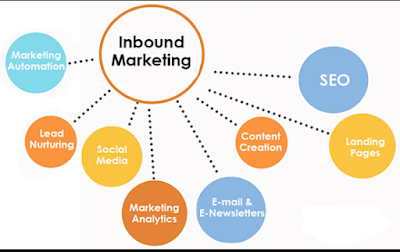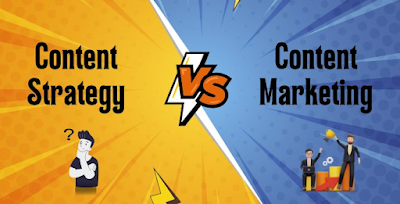How can I increase traffic to my website?
Increasing traffic to a website can be a complex process,
but here are some strategies you can implement to help boost your website's
visibility and attract more visitors:
1.Search engine
optimization (SEO): Optimizing your website for search engines can improve
your rankings in search results and drive more organic traffic to your site.
Focus on relevant and high-volume keywords, create quality content, and build
high-quality backlinks to your site.
2. Content marketing:
Creating valuable content that appeals to your target audience can help attract
more visitors and establish your brand as a thought leader in your industry.
Use social media, email marketing, and other channels to promote your content.
3. Social media
marketing: Engage with your target audience on social media by creating and
sharing interesting and relevant content, joining relevant groups and
conversations, and using paid social advertising.
4. Email marketing:
Building an email list can help you stay in touch with your audience and
promote your content and offers. Be sure to segment your list and send targeted
messages to specific groups of subscribers.
5. Paid advertising:
Use paid advertising platforms like Google Ads, Facebook Ads, or LinkedIn Ads
to reach your target audience and drive traffic to your site.
6. Influencer
marketing: Partner with influencers in your industry who have large
followings to promote your brand and drive traffic to your site.
7. Guest blogging:
Writing guest posts for other relevant websites can help you reach new
audiences and drive traffic back to your site.
Remember, increasing traffic to your website takes time and
effort, and results may not be immediate. It's important to be consistent,
track your results, and adjust your strategy as needed.
Publish viral content
Creating viral content is a great way to drive traffic to
your website, as it can generate a lot of interest and shares from your
audience. However, it's important to keep in mind that creating viral content
can be unpredictable, and there is no guarantee that your content will go
viral. Here are some tips to help increase your chances of creating viral
content:
1. Know your audience:
Understanding your target audience and what they are interested in can help you
create content that resonates with them and is more likely to be shared.
2. Focus on quality:
Creating high-quality content that is useful, informative, or entertaining is
more likely to be shared than content that is low-quality or spammy.
3. Be unique:
Creating content that is different and stands out from what is already out
there can help it get noticed and shared more.
4. Use visuals:
Incorporating eye-catching visuals, such as images, videos, or infographics,
can make your content more appealing and shareable.
5. Keep it simple:
Creating content that is easy to consume and understand can make it more
shareable, as people are more likely to share content that they can easily
understand and appreciate.
6. Use social media:
Promoting your content on social media platforms can help it reach a wider
audience and increase the chances of it going viral.
Remember that creating viral content is not a guarantee, and
it's important to focus on creating high-quality content that is valuable to
your audience, regardless of whether it goes viral or not.
Optimize Your Content With LSI
Keywords
LSI (Latent Semantic Indexing) keywords are words and
phrases that are closely related to the main keyword or topic of your content.
Using LSI keywords in your content can help search engines better understand
the context and relevance of your content, which can improve your search
rankings and attract more traffic to your site. Here are some tips on how to
optimize your content with LSI keywords:
1. Research LSI
keywords: Use keyword research tools to identify LSI keywords related to
your main topic. You can also look at related search terms at the bottom of the
search results page on Google.
2. Use LSI keywords
naturally: Incorporate LSI keywords into your content in a natural and
organic way. Avoid keyword stuffing or forcing keywords into your content.
3. Use LSI keywords
in your headings and subheadings: Including LSI keywords in your headings
and subheadings can help search engines better understand the structure and
organization of your content.
4. Use LSI keywords
in your meta descriptions: Including LSI keywords in your meta descriptions
can help improve your click-through rates from search engine results pages.
5. Use LSI keywords
in anchor text: Including LSI keywords in the anchor text of your internal
and external links can help search engines better understand the context of your
content and improve your search rankings.
Remember that while LSI keywords can be helpful for
improving your search rankings and attracting more traffic to your site, the
quality and relevance of your content should always be your top priority. Focus
on creating high-quality, valuable content that your audience will find useful
and engaging.












